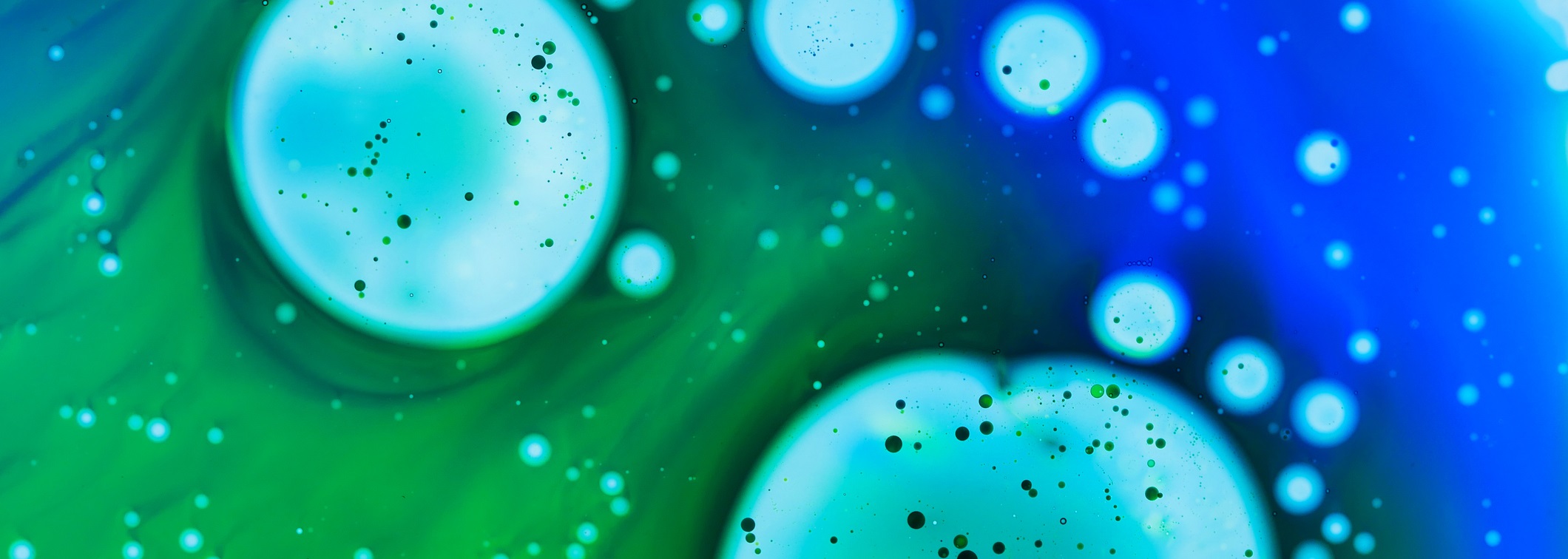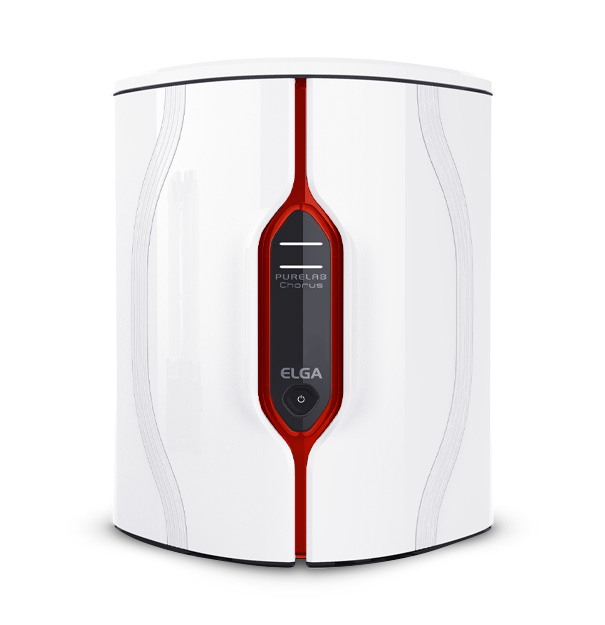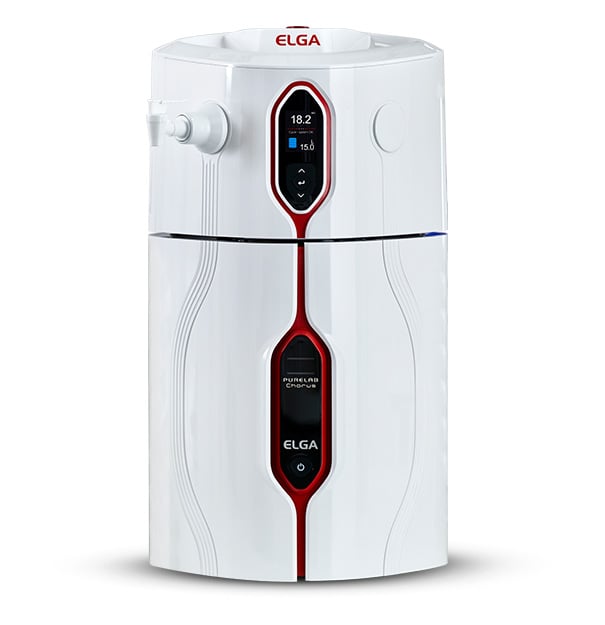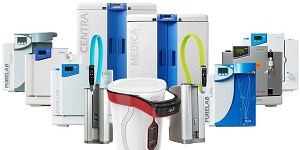Atomic Absorption Spectroscopy
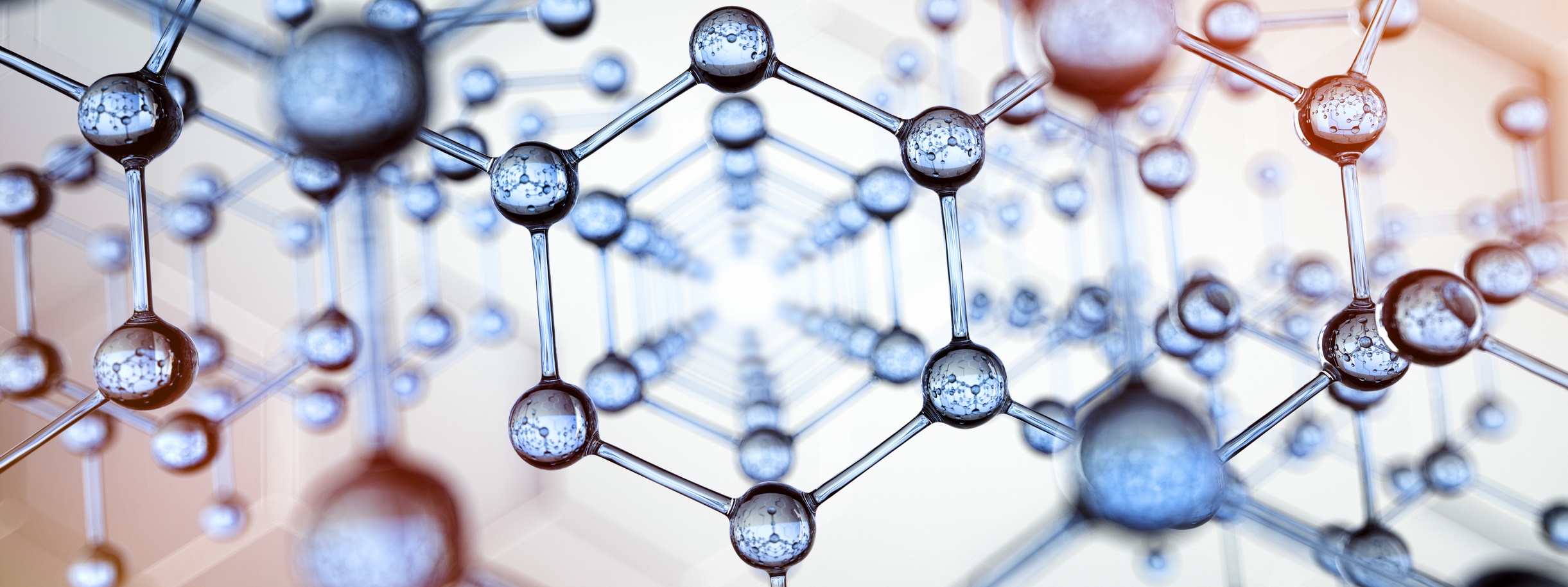
How Does Atomic Absorption Spectroscopy Work?
AAS uses the absorption of light to determine the concentration of specific metal atoms in a solid or liquid by vaporizing the sample in a flame (FAAS) or graphite furnace (GFAAS). The ground state free metal atoms are excited by a specific wavelength of light, with the amount of energy absorbed proportional to the number of atoms of that element in the sample. The difference between the sample and the background absorption is then measured, and compared with the absorption of a series of standard solutions.
What Is AAS Used For?
AAS is commonly used for trace metal analysis of a wide range of sample types in the environmental sciences, food and beverage, chemical and pharmaceutical sectors for impurity or contamination monitoring and quality control, as well as the rapid assessment of raw materials. It is also used in a clinical setting for the analysis of biological fluids, such as blood and urine.
Why Would You Use AAS?
The main advantages of AAS are that it is relatively inexpensive and easy to use, while still offering high throughput, quantitative analysis of the metal content of solids or liquids. This makes it suitable for use in a wide range of applications.
Types Of AAS
Flame Atomic Absorption Spectroscopy (FAAS)
FAAS is commonly used to determine the concentration of metals in solution in the parts per million (ppm) or parts per billion (ppb) ranges. The metal ions are nebulized as a fine spray into a high temperature flame where they are reduced to their atoms which selectively absorb light from an element-specific hollow cathode lamp. The main drawbacks of this technique are its limited sensitivity, its capability to only measure one element at a time and limited linearity. Despite these factors it has proved an excellent, robust technique for routine mental determinations.
Graphite Furnace Atomic Absorption Spectroscopy (GFAAS)
GFAAS is a more sensitive method typically used for the detection of very low concentrations of metals (>1 ppb) in low volume samples. A narrow carbon tube is used to atomize the sample instead of a flame, improving the sensitivity and limit of detection by the absence of spectral noise from the flame and ensuring that much more of the sample is atomized.
The high sensitivity of AAS techniques means that it is important that the water used to prepare blanks, standards and samples is free from contaminants that could impact on the accuracy and reliability of the results. This is particularly true for GFAAS , which has detection limits at sub- ppb levels, making it essential that all water used during the analytical workflow is free from any elements or compounds that may interfere with the results.
What Types of Contaminants in Water can Affect AAS Results?
The main sources of AAS interference present in water are particulates, metal ions, bacteria and organics.
1. Particulates
The presence of particulates in samples or standards used for AAS can lead to blockages in the atomization systems, prevent efficient and reproducible spraying of the sample solution into the flame,. this blockage or build-up of particulate matter can lead to drift and a loss of sensitivity.
2. Metal ions
The high sensitivity of AAS means that any metal ions present in the water used to prepare samples, blanks or standards are likely to interfere during analysis. Clearly, any metal being measured must be absent but also other metals can increase the background noise, lowering the overall sensitivity of the technique. It is also important to consider the possible contamination of any labware used for sample preparation, as common laboratory washing detergents may contain sodium or magnesium salts.
3. Bacteria
Bacteria present in the water used for sample and standard preparation can lead to blockages in the atomization systems, similar to particulate matter. In addition, the breakdown of these bacteria during nebulization can lead to the release of metal ions that may interfere with the analysis.
4. Organics
Some large organic molecules can lead to a buildup of debris on the nebulizer surface, reducing its efficiency.Other organics can have complex metal ions also affecting nebulization efficiency.
What are the Water Measurement Requirements for AAS?
The water purity required for AAS depends on the technique being used. Type I water is required for GFAAS, due the very high sensitivity of this method. Type II water is generally considered sufficient for FAAS, where detection limits are typically in the ppm to ppb range.
I |
How does ELGA Solve Water Purity Problems for AAS?
ELGA’s expertise and long-standing reputation ensure that its knowledgeable team can help customers to determine the level of water purity required for their applications. The company offers a number of water purification systems for all forms of AAS, with each having its own advantages and limitations. For example, the benchtop PURELAB® range of point-of-use systems consistently delivers ultrapure water of 18.2 MΩ.cm (Type I+/I), underpinned by the advanced PureSure® deionization system.
Conclusions
The high sensitivity of AAS techniques means that it is important not to introduce sources of contamination during the preparation of blanks, standards and samples. The type of water required is directly related to the sensitivity of the method being employed: Type II water is sufficient for FAAS in most cases, Type I water is necessary for GFAAS.



